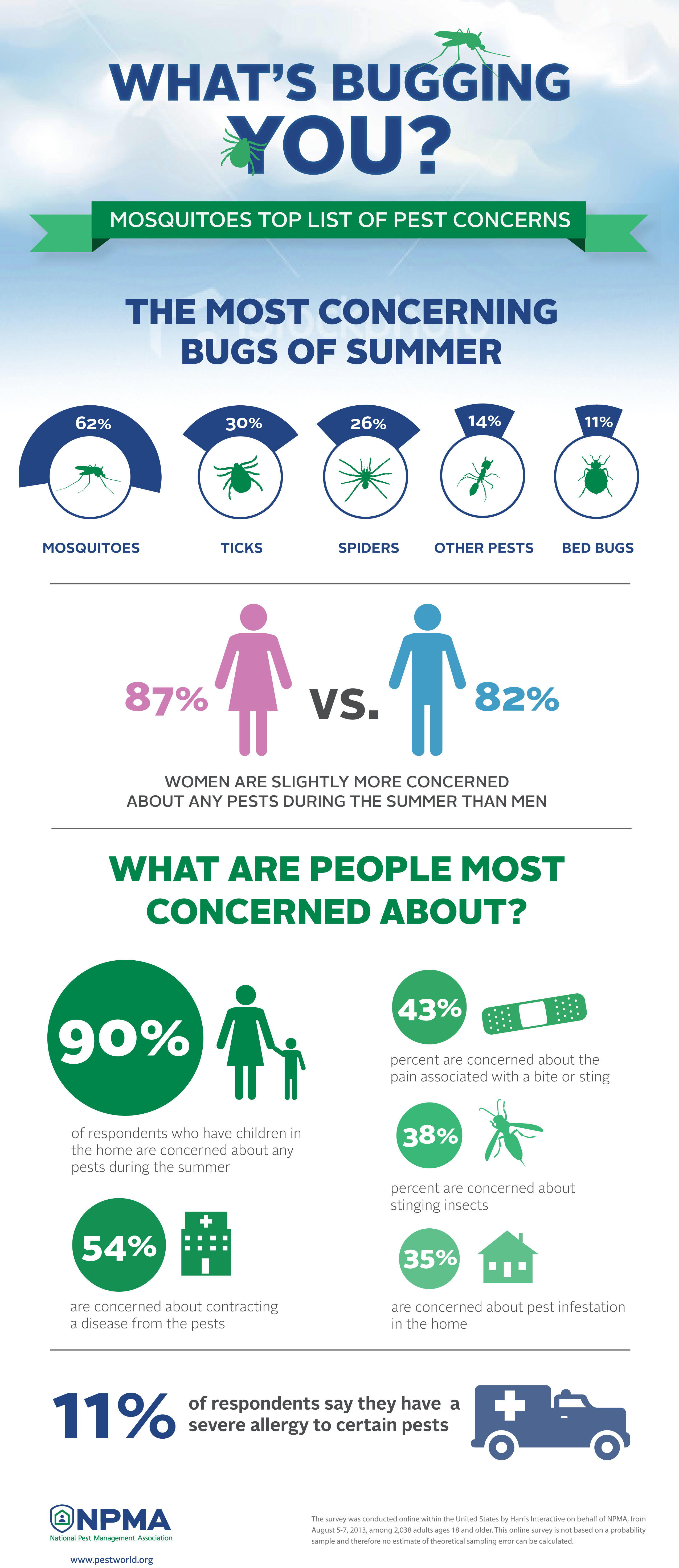Understanding Rodent Behavior: Expert Insights For Effective Insect Control
Understanding Rodent Behavior: Expert Insights For Effective Insect Control
Blog Article
Article Written By-Morgan Brun
Picture having the ability to anticipate the steps of your challengers in a video game of chess, always remaining one action ahead.
Worldwide of insect control, recognizing rodent habits resembles having that critical advantage. By obtaining specialist understandings into the nesting routines, feeding patterns, and interaction and social behavior of rodents, you can efficiently combat these pesky creatures.
Yet just how exactly do rodents act, and why is it important to understand? In this discussion, we will decipher the mysteries of rodent behavior, providing you with important understanding that will certainly assist you stay ahead in the fight versus insects.
Are you prepared to reveal the tricks of these shrewd animals?
Nesting Habits
To recognize rodent habits and successfully control bugs, it is essential to obtain insight into their nesting routines.
Rats, such as computer mice and rats, have an all-natural reaction to find sanctuary and produce nests where they really feel secure and safe and secure. These nests serve as their homes, breeding premises, and storage locations for food. Comprehending their nesting practices can aid you identify possible locations of invasion and execute targeted control measures.
Rodents usually favor nesting in dark, secluded areas, such as attic rooms, cellars, crawl spaces, and wall surface voids. They make use of materials like shredded paper, fabric, insulation, and also chewed-up electric cables to build their nests.
Feeding Patterns
Rodents display distinct feeding patterns that play an important role in their actions and can educate efficient pest control methods. Understanding these patterns is crucial for implementing successful insect control steps.
professional flea treatment are opportunistic feeders, indicating they'll take in whatever food is readily offered. They prefer high-calorie foods such as grains, nuts, and seeds. learn here is why appropriate storage space of food and waste management are essential in stopping rodent invasions.
Furthermore, rats are nocturnal, which indicates they're most active throughout the night when they look for food. By recognizing their feeding patterns, you can strategically place catches and lures to maximize their efficiency.
Keeping food sources hard to reach and maintaining a clean setting can assist prevent rats and minimize the risk of problem.
Interaction and Social Habits
Recognizing just how rats communicate and engage socially is vital for reliable insect control techniques. Rodents, like mice and rats, have complex interaction systems that they use to communicate info to every other and coordinate their tasks. squirrel pest control are three vital elements of rodent interaction and social habits:
1. Articulations: Rodents create a wide variety of vocal noises, consisting of squeaks, tweets, and babbling, to connect with each other. These articulations can communicate numerous messages, such as threat warnings or mating calls.
2. Scent marking: Rodents utilize scent glands to leave chemical signals on things and in their environment. These scent marks act as territorial limits and communicate information concerning reproductive condition, prominence, and social association.
3. Social hierarchy: Rodents have an ordered social structure, with leading individuals having access to sources and liked nesting sites. Comprehending this power structure is essential for targeting insect control initiatives and recognizing essential individuals for removal.
Verdict
So, there you have it - a quick glimpse right into the interesting globe of rodent habits. By understanding their nesting habits, feeding patterns, and interaction, we can much better tackle the issue of parasite control.
Did you understand that a female mouse can generate approximately 10 litters annually, with each litter consisting of around 5-6 puppies? This astonishing figure highlights the value of timely and effective insect monitoring to avoid rodent populaces from spiraling unmanageable.
